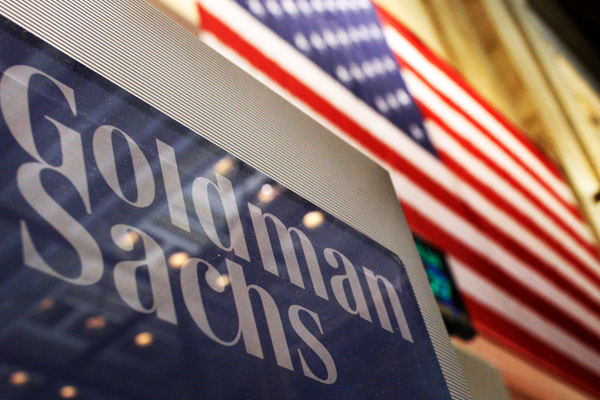 Goldman Sachs on Sunday reiterated its oil price forecast with Brent averaging $64 per barrel in the fourth quarter of 2025 and $56 in 2026, but expects an increasing range of risks to its baseline estimates from recent developments.
Goldman Sachs on Sunday reiterated its oil price forecast with Brent averaging $64 per barrel in the fourth quarter of 2025 and $56 in 2026, but expects an increasing range of risks to its baseline estimates from recent developments.
“Increasing pressure on Russia and Iran sanctioned oil supply poses an upside risk to our price forecast, especially given the faster-than-expected normalization in spare capacity,” the investment bank said in an August 3 note.
However, Goldman flagged a downside risk to its 800,000 barrels per day average annual demand growth forecast in 2025-2026 due to the increase in U.S. tariff rates, threats of additional secondary tariffs and weak U.S. economic activity data.
The weaker data “suggests that the U.S. economy is now growing at a below-potential pace”, which the bank’s economists’ feel has increased the chance of a recession in the next 12 months, the note said.
The Organization of the Petroleum Exporting Countries and its allies such as Russia, known as OPEC+, agreed on Sunday to raise oil production by 547,000 barrels per day for September, the latest in a series of accelerated output hikes to regain market share.
“While OPEC+ policy remains flexible, we assume OPEC+ will keep its production quota unchanged after September as we expect the pace of builds in OECD commercial stocks to accelerate and seasonal demand tailwinds to fade away,” Goldman said.
Brent crude futures were trading at $69.27 a barrel at 0115 GMT while U.S. West Texas Intermediate crude was at $66.96 a barrel.
“We continue to see limited risk of large disruptions in Russia supply given the large volumes of Russian imports, the possibility for deepening price discounts to maintain demand, and continuing reported eagerness of the key buyers – China and India,” analysts at Goldman Sachs said.
Indian state refiners have stopped buying Russian oil in the past week as discounts narrowed this month and U.S. President Donald Trump warned countries not to purchase oil from Moscow, industry sources said.
(Reporting by Brijesh Patel in Bengaluru)